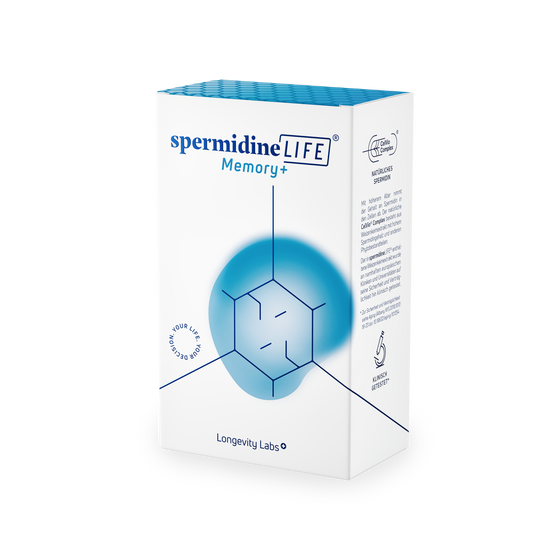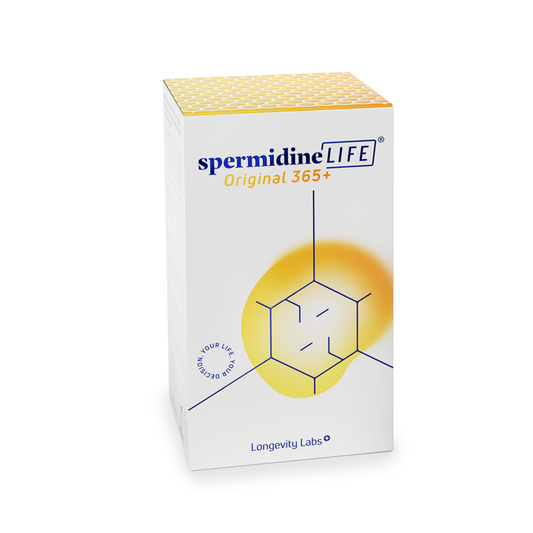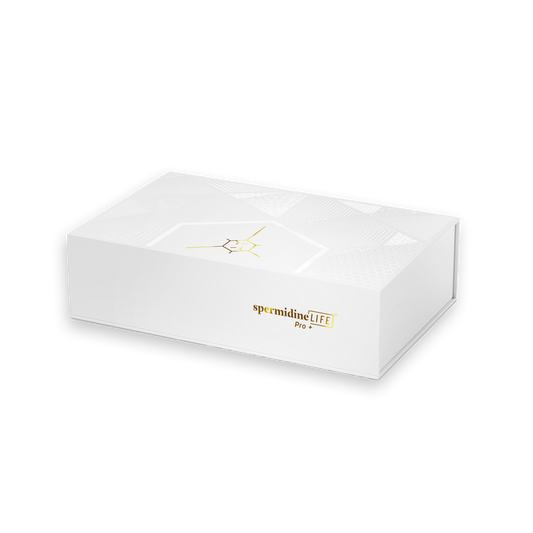
Sweats it out
Fitness, TLL LongevityLabsAutumn is here and with it it's high time to slowly change the sports schedule to the cold seasons. Our fitness tip today is therefore: the sauna! Because sweating offers many benefits after training and also for relaxation.
Many athletes have understood this for a long time: For them, the sauna is part of extensive strength training. Because the obligatory sauna session promotes relaxation of the stressed muscles, initiates muscle regeneration and promotes physical recovery. While for top athletes the focus here is on restoring muscle performance, the sauna also offers pleasant benefits for the more exercise-oriented.
So how does saunas affect the body? The high ambient temperature in the sauna triggers a multi-stage warming phase in humans, which is called hyperthermia (overheating). Due to the constant high temperature, heat is permanently supplied to the body. And although we sweat more, we can give off practically no heat during the sauna session, because the cooling effect of sweat is ineffective at the high temperature. As a result, the temperature of the skin surface rises from about 30 - 32 °C to about 40 - 42 °C.
What does this do? Well, normally the core of the body - the trunk, where the main part of the organs are located - is the warmest part of the body, while the limbs are cooler. Thus, warm blood flows from the heart to the cooler regions. In the sauna, this effect is completely reversed. Since the surface of the skin and the limbs are warmer than the core, even more heat enters the body via the returning blood. As a result, body temperature rises by about 2 °C.
These 2 ° are enough to keep our metabolism metabolism enormously. The total energy metabolism increases by up to 40% as a result, as scientists have proven. This effect can be observed particularly well in the skin cells. There the Cell renewal at full speed during this time.
Scientific research results1 have also shown that heat stress optimizes so-called heat shock proteins (HSP), which are required to support the formation of new mitochondria. Mitochondria - the so-called "power plants" in your cells - supply the organism with energy. Several studies, including one conducted by the Dermatological Clinic in Jena in 2006, confirm that2that sauna sessions strengthen the formation of new cells.
But that's not all! Saunas also have a detoxifying effect. Through increased sweating, we flush amino acids, urea, fatty acids, electrolytes and water out of the intracellular space. We also secrete metabolic residues. Taken together, this is described as a "detoxifying effect."
In order for this detoxifying effect you should not drink anything during a sauna session. This is the only way to compensate for the loss of water, first from the blood plasma and then from the intracellular tissue. This includes fat, connective and muscle tissue. If you drink something during the sauna session, your body will instead draw the missing water from the gastrointestinal tract and the detoxification effect will be minimized. After the sauna, on the other hand, it is important to compensate for the body's water loss. We recommend drinks rich in electrolytes and minerals for this purpose.
Those who take a sports training session before the sauna enjoy even more positive effects: The heat of the sauna increases blood flow to muscles, cartilage, tendons and ligaments, and the resilience of stressed body parts is restored more quickly. Saunas replenish depleted energy stores, muscles regenerated and other functional systems decisively boosted. Or in short: Our efficiency is restored more quickly - and not just for professional athletes.
Well then, off to the next sauna! For optimal effects we recommend a sauna visit once or twice a week with two to three sauna sessions of eight to fifteen minutes each. After each sauna session, you should go out into the fresh air to cool down, because the body then has an increased oxygen demand has. If you need even more cooling, you can use a plunge pool or a cold water shower. But be careful. Cool down the limbs first and slowly work your way to the center of the body. After a rest for your body, you can relax and move on to the next sauna session. We recommend caution for sauna novices. The strong temperature differences can be a real pain. So try it slowly and sweat healthily!






